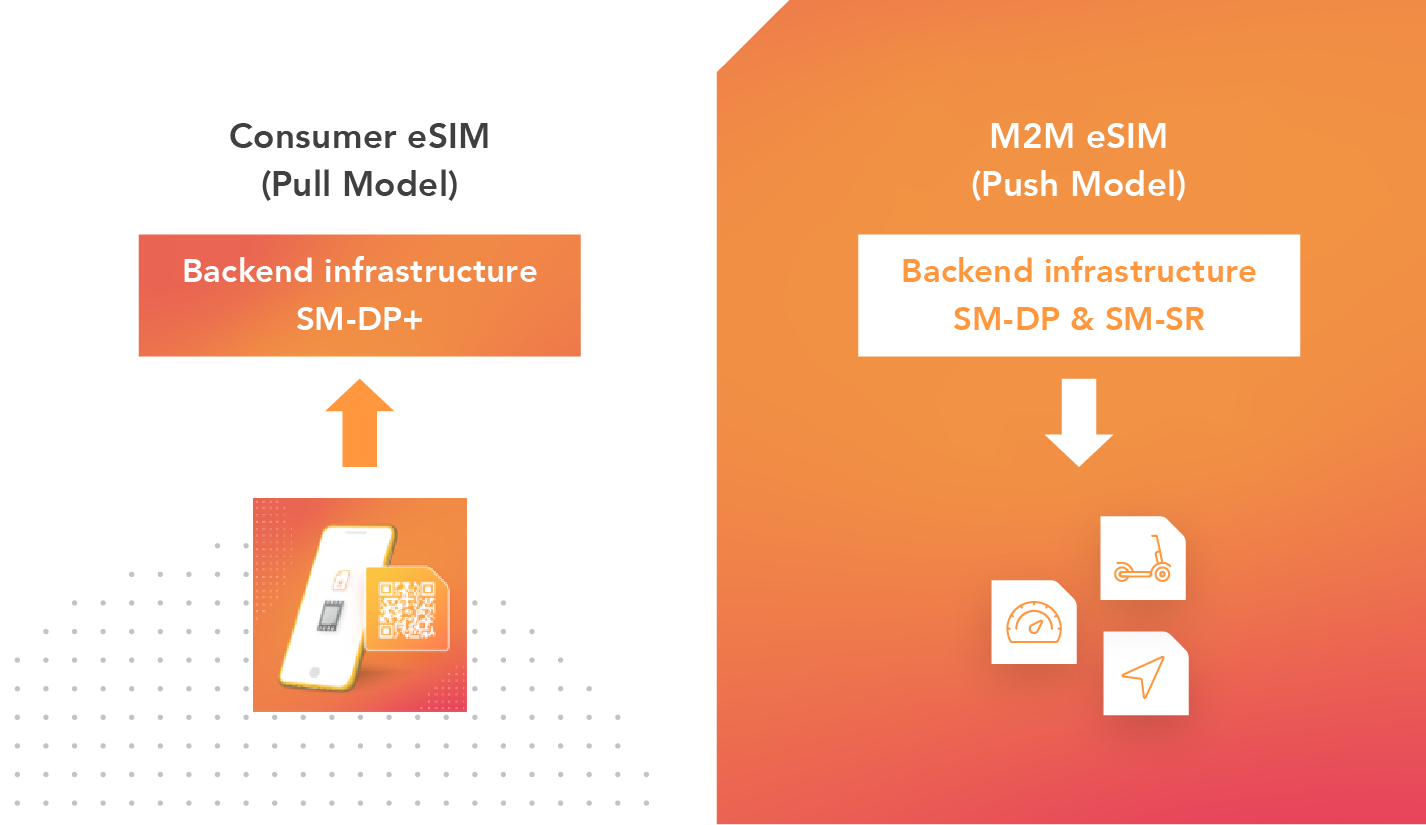Unpacking Consumers Sims: What They Are And Why They Matter For All Of Us
Have you ever stopped to think about why you pick one item over another at the store, or why certain trends seem to just pop up everywhere? It's almost like there's a hidden set of rules guiding our choices, isn't it? Well, what if there were digital versions of us, sort of like "consumers sims," that businesses use to figure out those very patterns? These digital setups are becoming a really big deal, helping people who make products or offer services get a better sense of what we, the buyers, might do next. It's a way, you know, to try and get a peek into the future of shopping and deciding.
These "consumers sims" are, in a way, like advanced play areas where different ideas about buying and selling can be tested out without any real-world risk. They're not about tricking anyone, but rather about gaining a deeper appreciation for the many things that shape our shopping habits. Think of it this way: just as a big health program, like the one for people aged 65 or older or those with certain disabilities, has to consider countless individual situations and needs to work well, these digital models try to capture the vast and varied actions of many people. It’s about seeing the bigger picture from many tiny pieces, if that makes sense.
Today, understanding what makes people choose what they choose is more important than ever. With so many options out there, from what we watch to what we buy, businesses are constantly trying to figure out how to best connect with us. These "consumers sims" offer a pretty neat way to do just that, allowing for a look into how different situations might play out before they actually happen. It's a fascinating area, and honestly, it affects how we all experience the marketplace, whether we realize it or not.
Table of Contents
- What Are Consumers Sims, Really?
- Why Do Businesses Use Them?
- How Do These Sims Work?
- The Impact on Us, The Buyers
- Frequently Asked Questions About Consumers Sims
- Looking Ahead with Consumers Sims
What Are Consumers Sims, Really?
So, what exactly are "consumers sims"? Basically, they're computer programs or models that try to copy how people act when they're buying things or making choices. You could say they're like digital versions of us, put into a made-up world where they can "shop" and "decide." These programs take a lot of information about real people – things like what they usually buy, what they look for in a product, or even how they react to different ads. This information then helps the digital "sims" behave in ways that are, you know, pretty similar to how real people might act.
It's a way to explore, really, what happens when you change something, like the price of an item or the way it's shown. For instance, think about how a health insurance program, which helps people age 65 or older or those with certain health issues, has to deal with many different personal situations and needs. Similarly, these "consumers sims" are built to handle a wide range of "personalities" and "situations" in their digital world. They are, in a way, complex digital mirrors of our buying habits, trying to show what might happen if things are done a certain way.
These models aren't about predicting what *you* specifically will buy next week. Instead, they look at the bigger picture, like how a whole group of people might react to a new phone or a different kind of snack. They help businesses get a general sense of things, giving them a better idea of what might work well on a larger scale. It's a bit like trying to guess the weather for a whole region, rather than just for your backyard, you know? They are a tool for understanding broad patterns.
Why Do Businesses Use Them?
Businesses use these "consumers sims" for a whole bunch of reasons, and honestly, it's pretty clever when you think about it. At its heart, it's about trying to make better choices without having to risk a lot of money or time in the real world. It's like having a practice run before the big game, so to speak. This helps them avoid big mistakes and, very importantly, find ways to make us, the buyers, happier with what's available.
Seeing What Might Happen
One of the main reasons businesses use these digital models is to test out different ideas. Imagine a company wants to launch a brand-new type of drink. Instead of just putting it on store shelves everywhere and hoping for the best, they can use a "consumers sim" to see how people might react. They can change things like the flavor, the bottle design, or even the price within the simulation. This lets them get a feel for what might be popular before they spend a lot of money making the actual drink. It's a bit like trying on different outfits in a virtual dressing room before buying any clothes, so you know what looks good.
Making Better Products
These sims also help in making products that people actually want. By running different scenarios, businesses can see which features or qualities in a product seem to get the best response from the digital "consumers." For example, if a company is making a new app, they can simulate how users might interact with different buttons or layouts. This helps them design something that's easier to use and more enjoyable for us. It's about fine-tuning things, you know, to make them just right for the people who will use them.
Finding the Right Price
Pricing is a really big deal for any product or service. If something is too expensive, people won't buy it. If it's too cheap, the business might not make enough money. "Consumers sims" can help businesses find that sweet spot. They can test out different price points in the simulation and see how many digital "consumers" would still choose to buy the item. This gives them a much better idea of what price will work best in the real world, ensuring a fair deal for us and a good outcome for them.
Getting the Word Out
Finally, these digital setups are pretty useful for figuring out how to tell people about new things. Should a company advertise on social media, or maybe on TV? What kind of message will get people's attention? By using "consumers sims," businesses can test different ways of promoting their products. They can see which messages resonate most with the digital "consumers" and which channels seem to reach the most people. It's about finding the best way to share information, so it reaches the right ears, you know, and makes sense to people.
How Do These Sims Work?
It might sound a bit like science fiction, but how these "consumers sims" actually work is pretty interesting. It's not magic; it's a careful process of gathering information, building a digital world, running experiments, and then looking closely at what happened. It's a lot like how a big system, perhaps like the one for health insurance that helps people with certain conditions or those over 65, needs a ton of data and rules to function smoothly for everyone involved.
Gathering Information
The first step is always about getting a lot of good information. This means collecting data from all sorts of places: what people have bought in the past, what they say on social media, how they click around on websites, and even surveys they fill out. This information helps to build a detailed picture of different kinds of buyers. It's about understanding the many little things that make up our shopping lives, you know, like our preferences for certain colors or brands. The more details they have, the better the digital "consumers" can act like real ones.
Building the Digital World
Once they have all that information, the next part is to build the digital world where the "consumers sims" will live. This isn't a video game world, but rather a set of rules and connections. They create digital "agents" or "sims," each given a set of traits based on the real-world data. Some might be budget-focused, others might care a lot about brand names, and some might be easily swayed by what their friends buy. This digital setup also includes things like stores, prices, and even other "consumers" that the main "sims" can interact with. It's a way to create a mini-economy, so to speak, where everything is connected.
Running the Tests
With the digital world all set up, it's time to run the tests. This is where the magic, or rather, the careful calculation, happens. The people running the simulation will introduce a new product, change a price, or launch a digital ad campaign within this made-up world. Then, they let the "consumers sims" go about their business, making choices based on the rules and traits they were given. This can happen thousands, even millions, of times very quickly. It's a bit like fast-forwarding through years of shopping behavior in just a few minutes, which is pretty amazing.
Learning from the Results
After the tests are run, the most important part is looking at what happened. The people using the sim will collect all the results: which products were "bought" the most, which prices worked best, or what kind of advertising got the most "attention." They then look for patterns and insights. This helps them understand what might happen in the real world if they were to do the same things. It's about taking those digital lessons and using them to make smarter real-world decisions, which is, you know, pretty much the whole point.
The Impact on Us, The Buyers
So, what does all this mean for us, the everyday buyers? Well, honestly, it has a pretty big impact, even if we don't always notice it. For one thing, it means that the products and services we see in stores or online are probably a bit more suited to what we want. Businesses are using these "consumers sims" to try and make things that truly connect with people's needs and wishes. This can lead to better products, fairer prices, and even more helpful ways that companies tell us about what they offer.
It also means that the marketplace is constantly getting, you know, a little smarter. Just like a health insurance program that's always trying to make sure it covers the changing needs of people, these simulations help businesses adapt more quickly. They can respond to new trends or changes in what people care about much faster than before. This can make shopping feel more relevant and less like you're just being shown things that don't quite fit. It's about creating a better experience for everyone involved, really.
However, it's also worth thinking about how this affects our choices. When companies get really good at understanding what makes us tick, it might feel like our decisions are a bit more predictable. But at the end of the day, we still have our own unique preferences and reasons for buying things. These sims are tools, not mind-readers. They help businesses make educated guesses about groups of people, but our individual choices are still very much our own. It's a balance, in a way, between broad trends and personal desires.
If you're curious about how consumer behavior is studied more broadly, you might want to look up consumer behavior on a resource like Wikipedia. It's a fascinating field that, honestly, covers a lot of what these "consumers sims" try to model.
Frequently Asked Questions About Consumers Sims
How accurate are these consumer simulations in predicting real-world buying behavior?
That's a really good question, and honestly, it varies quite a bit. These "consumers sims" are tools that help businesses make educated guesses, but they aren't perfect crystal balls. Their accuracy depends a lot on how much good information they start with and how well the digital world is built to copy real life. They are generally better at predicting what a large group of people might do, rather than what any single person will choose. So, they give a good sense of trends, you know, but they don't get every detail right every time.
Are "consumers sims" only used by very large companies, or can smaller businesses use them too?
Well, traditionally, the really big, fancy "consumers sims" were mostly for larger companies because they could afford the complex tools and the people to run them. But, you know, things are changing pretty quickly these days. There are more and more simpler, more affordable tools becoming available. So, even smaller businesses are starting to find ways to use these kinds of insights, perhaps not with a full-blown simulation, but with similar ideas to understand their customers better. It's becoming more accessible, which is a good thing for everyone.
Do these simulations consider ethical concerns or privacy when modeling consumer behavior?
This is a very important point to bring up. When businesses use "consumers sims," they are dealing with information about people, and that always brings up questions about privacy and doing things the right way. Reputable companies try very hard to use information that doesn't identify anyone specifically, or they use data that people have agreed to share. The focus is usually on understanding general patterns, not on tracking individual people. Still, it's a conversation that's always happening, and, you know, rules and best practices are always getting updated to protect people's information.
Looking Ahead with Consumers Sims
As we look to the future, it's clear that "consumers sims" are only going to become more common and, honestly, more clever. The way we shop and interact with businesses is always changing, and these digital models help companies keep up with that pace. They offer a way to explore new ideas and understand what makes us tick, all without having to guess blindly. It's a pretty exciting time for anyone interested in how products get made and how they find their way to us.
The continuous development of these tools means that the products and services we encounter will likely feel even more relevant to our lives. It’s about creating a marketplace that truly listens, in a way, to what people want and need. Just like how a large, important program, such as the federal health insurance for qualifying individuals age 65 and older or some people under 65 with certain disabilities, aims to serve a wide range of needs, these simulations aim to serve the diverse wishes of buyers. It's a path towards more thoughtful business decisions, which, honestly, benefits us all.
We encourage you to learn more about consumer trends on our site, and perhaps even link to this page to explore more about digital markets. It's a fascinating area, and there's always something new to discover about how we all interact with the things we buy.

30+ Store Mods and CC: Get These Best Finds For The Sims 4!

Consumer vs M2M eSIM: Why the difference matters | emnify Blog

sim2fly-ultimate-asia.png